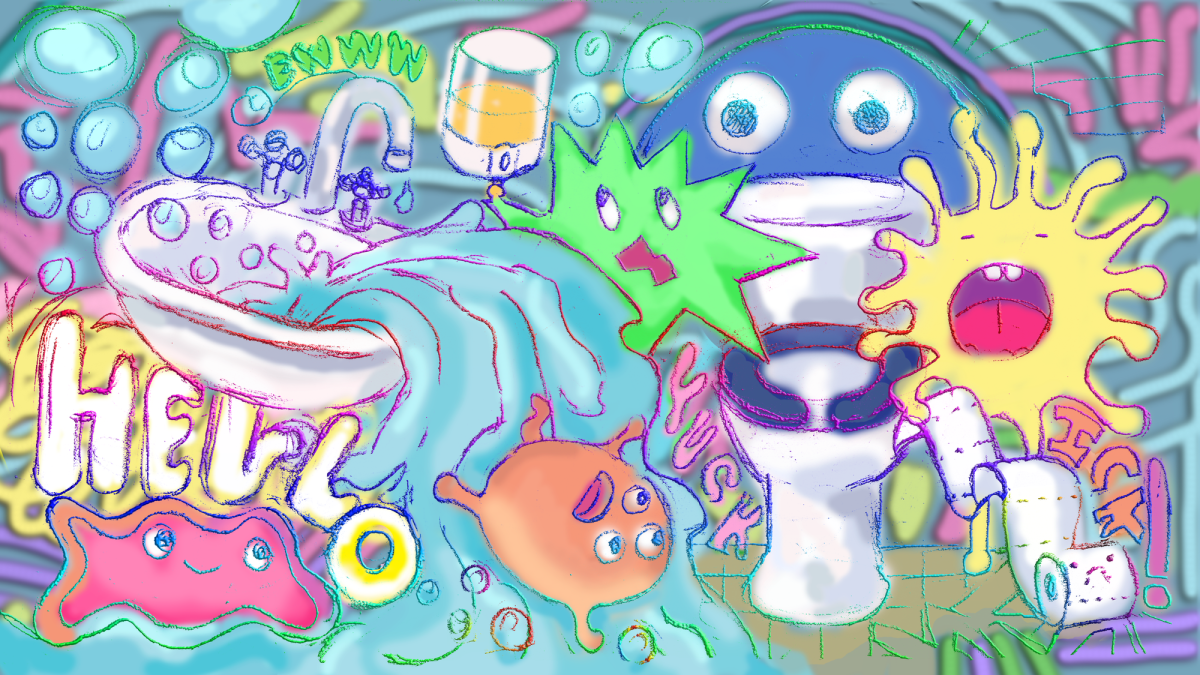Imagine eating a potassium cyanide filled Pixie Stix. An 8-year-old boy was murdered by his father Oct. 31, 1974, on account of eating a laced Halloween candy. Ronald O’Bryan’s motive was to collect life insurance he had just purchased for his son.
O’Bryan was then dubbed “The Man Who Killed Halloween” and the “Candyman.”
The murder happened in Texas and the following years of celebrating Halloween were put on hold for many families with the fear of tainted candy coming into their home.
I cannot envision feeling the excruciating stomach pain from a candy package that was supposed to be made of pure sugar and I am considered an adult. The boy must have been in agony.
A few years before, a 5-year-old boy died of a heroin overdose in Detroit in 1970. The young boy, Kevin Toston, slipped into a coma and died four days later. Tests showed heroin had been sprinkled onto some of his Halloween candy.
I stopped checking my Halloween candy years ago. Of course, I would never eat a treat homemade, but I do not have a convenient drug tester I can pull out of my pocket.
In 2008, a 15-year-old boy from Florida was looking through his collected chocolate and saw a Three Musketeers bar with odd wrapping. He opened it up and found a razor blade inside the chocolate.
If ingested, that razor blade could have easily cut his gums, mouth or tongue. Not to mention if the blade had been used previously. It could have been a number of places, touching illegal items or diseased body parts.
Years ago people were able to bring their Halloween candy to be X-rayed for any items pushed into the treats. It was a well strategized plan but it cannot detect for any poisonings.
My mom used to check my candy piece by piece and throw any out that had a slight tear, awkward wrapping or tiny hole marks. The candy could have just gotten damaged after being lugged around all night, but I like to stick to the safe side.
During the 1970s and 1980s there was a poisoned candy scare throughout the United States. It was based upon the fact children trick-or-treating could be given candy with needles, razor blades or poison.
The scare was more than 30 years ago, but that does not mean we can act like there is no possibility of it recurring now. These past events do not give us the OK to completely drop our safety nets.
A 7-year-old girl from Santa Monica, Ariel Katz, died of congenital heart failure while trick-or-treating Oct. 31, 1990. Police went searching door-to-door in fear of a possible mass poisoning.
The block Katz fainted on was closed off for hours while police interviewed the residents and seized all their candy. The police could have prevented more candy from being distributed, but could not undue what had already been done.
The same goes for our history of tainted Halloween candy. We cannot rewrite history, so why do so many people assume their candy is safe when it is coming from a stranger. All we can do is double check the candy.




